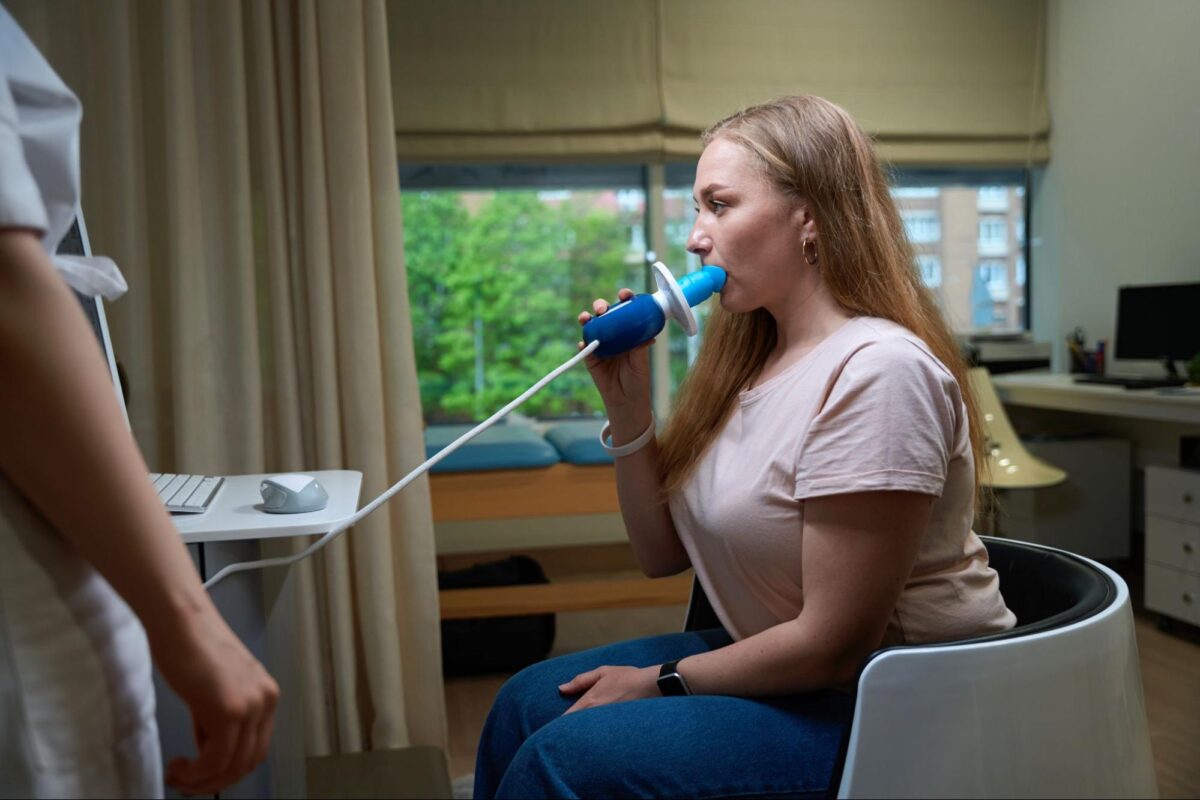Cystic Fibrosis Awareness Month is dedicated to spreading knowledge about this genetic disorder and the importance of early diagnosis. Cystic fibrosis detection is crucial in helping healthcare providers to initiate treatment and management strategies. Among the various diagnostic tools available, chest radiography remains a fundamental imaging technique that provides valuable insights into lung health. Understanding how radiography aids in detecting and monitoring cystic fibrosis can help raise awareness and encourage early screening. Get in touch with Centella for advanced imaging solutions.
Understanding Cystic Fibrosis: Causes and Symptoms
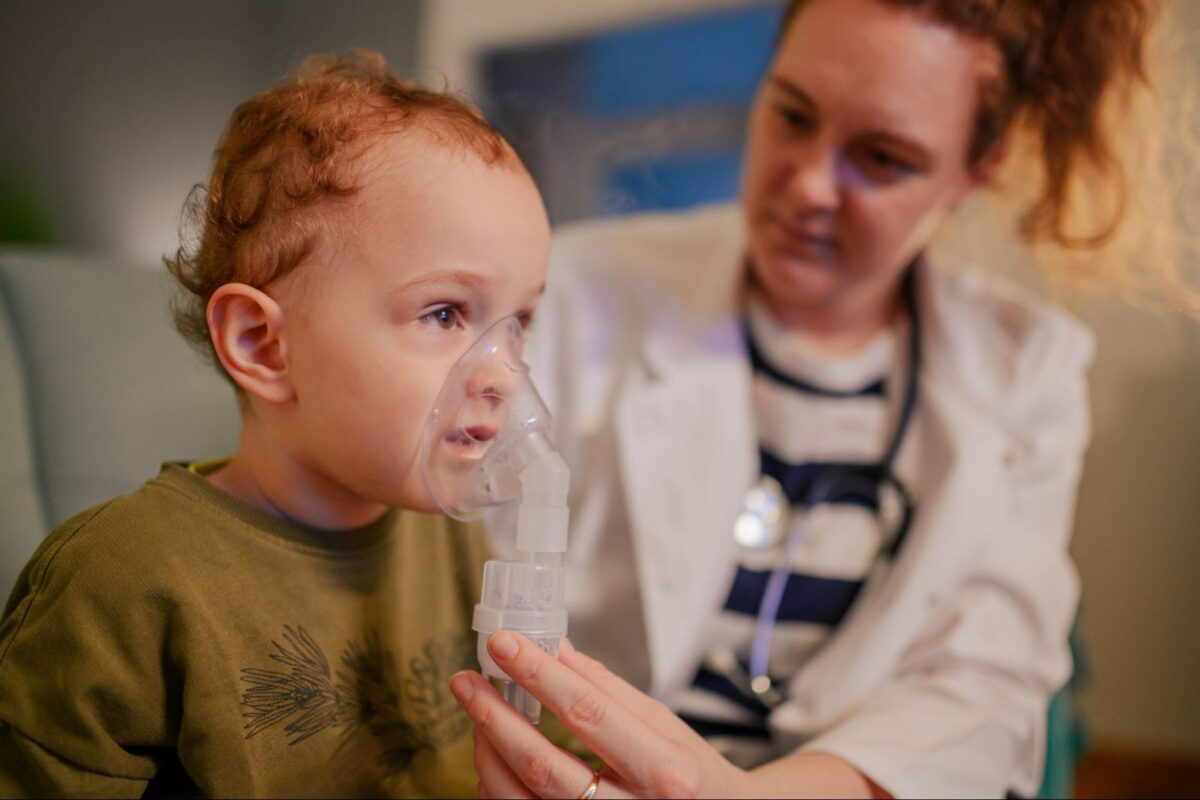
Cystic fibrosis (CF) is a complex genetic disease that primarily affects the lungs and digestive system, leading to persistent lung infections and challenges in nutrient absorption. As an inherited multi-system condition, CF impacts approximately 40,000 people in the United States and 105,000 people worldwide, according to the National Institutes of Health.
Causes of Cystic Fibrosis
According to medlineplus.gov, cystic fibrosis is caused by mutations in the cystic fibrosis transmembrane conductance (CFTR) gene, which regulates the movement of salt and fluids in and out of cells. These genetic mutations produce thick, sticky mucus that can obstruct airways and ducts within the body. This buildup affects lung function, increases the risk of chronic lung infections, and interferes with the release of digestive enzymes, making it difficult for the body to absorb essential nutrients.
The inheritance pattern of cystic fibrosis is autosomal recessive, meaning both parents must carry and pass on a faulty CFTR gene for the child to develop the condition.
Recognizing the Symptoms of Cystic Fibrosis
Symptoms of cystic fibrosis can vary in severity, with some individuals experiencing mild symptoms while others face more significant respiratory and digestive challenges. According to the Cleveland Clinic, typical signs associated with CF include:
- Respiratory Symptoms: Persistent coughing, wheezing, and frequent lung infections caused by mucus buildup in the airways. Over time, this can lead to reduced lung function and breathing difficulties.
- Digestive Issues: Inadequate production of digestive enzymes, resulting in poor nutrient absorption, weight loss, and greasy stools.
- Recurrent Sinus Infections: Thick mucus can block nasal passages, leading to chronic sinus issues and discomfort.
- Delayed Growth: Children with CF may experience slower growth and developmental milestones due to nutritional deficiencies.
Chest Radiography’s Role in Identifying Cystic Fibrosis
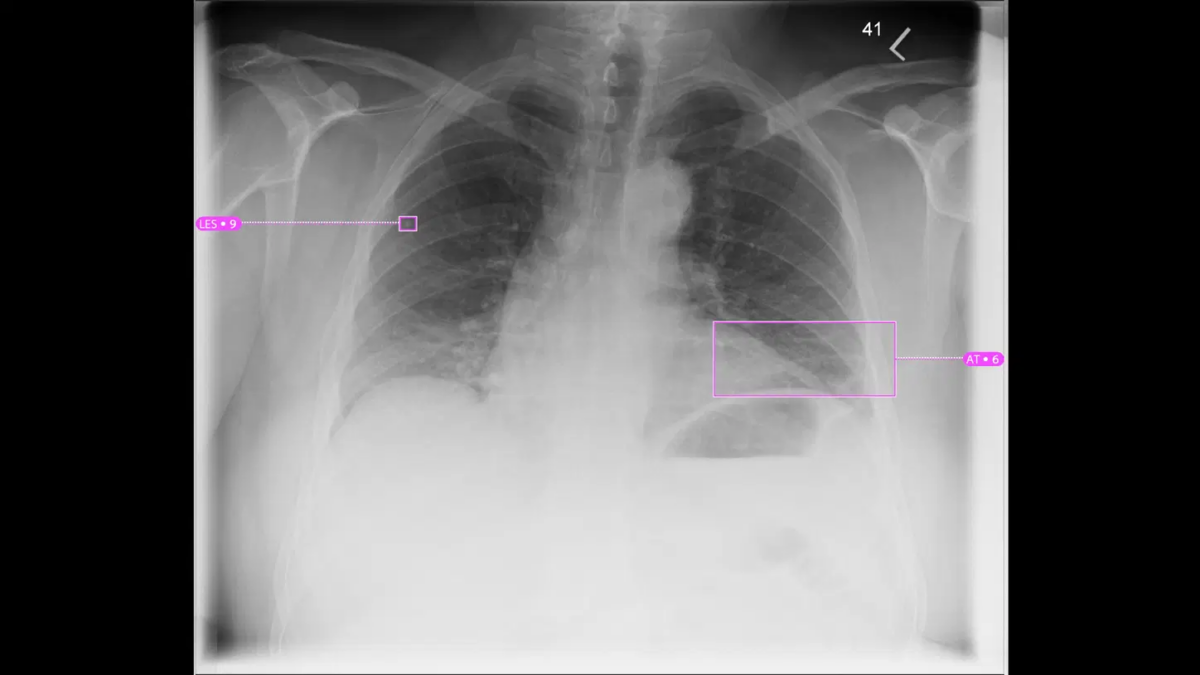
Chest radiography is an essential tool for detecting and managing cystic fibrosis, arming healthcare providers with valuable insights into lung health. A chest X-ray, performed using products like those offered through Siemens Healthineers, is often used in cystic fibrosis screening to identify structural changes such as mucus buildup, airway blockages, and lung infections. Even in cases where individuals experience mild symptoms, chest radiography can help detect early signs of the disease that might otherwise go unnoticed.
For those identified as a cystic fibrosis carrier, routine imaging plays a crucial role in monitoring lung function and tracking disease progression over time. By utilizing modern imaging technologies, healthcare providers can conduct comprehensive evaluations that support clinical decision-making and aid in developing personalized management strategies for individuals with cystic fibrosis.
Centella Brings Siemens’ Healthineers Imaging for Cystic Fibrosis Detection
Modern imaging technologies offer insights from infant testing to ongoing monitoring that guide health professionals in identifying lung complications and planning treatments. These imaging solutions help detect changes in lung structure that may not be apparent through initial screenings, allowing for timely intervention and personalized care.
Innovative imaging technologies are designed to support healthcare professionals with high-resolution capabilities, reduced radiation exposure, and diagnostic accuracy. Whether for additional tests to confirm a diagnosis or for long-term disease management, access to reliable imaging systems helps ensure comprehensive patient care.
Spectral Imaging: Enhancing Cystic Fibrosis Diagnosis
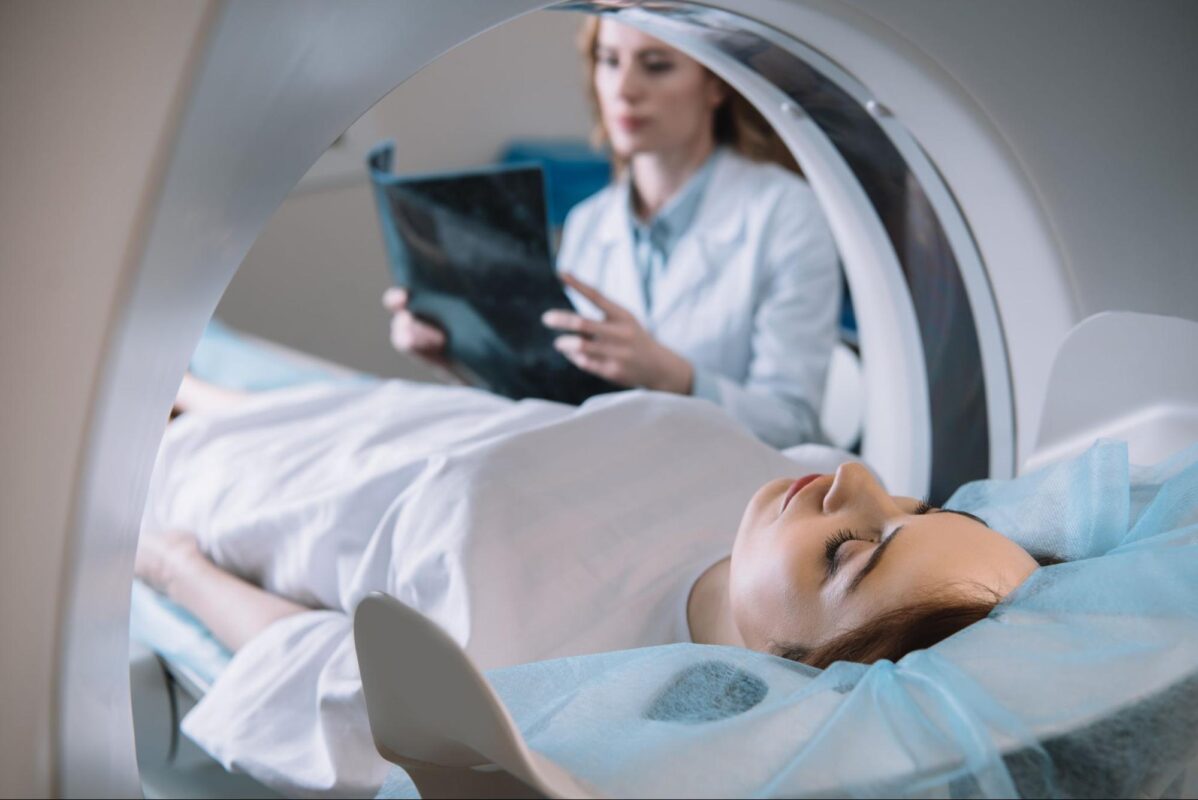
Siemens Healthineers’ spectral imaging technology aids in cystic fibrosis detection by providing detailed, multi-layered diagnostic imaging. This technology enables a more comprehensive view of lung tissue, allowing for improved visualization of mucus buildup and inflammation that can impact respiratory function.
Beyond respiratory care, spectral imaging has also been instrumental in cardiac imaging, which is essential for individuals with cystic fibrosis, as the disease can affect cardiovascular health.
Advancing Awareness and Support for Cystic Fibrosis
Community partnerships are vital in supporting individuals and families affected by cystic fibrosis. One organization leading this effort is Piper’s Angels Foundation, whose mission focuses on improving quality of life through support programs, advocacy, and access to resources. Their flagship event, the Crossing for Cystic Fibrosis, is an annual endurance paddle challenge that raises awareness and critical funding for the CF community. Participants paddle 80 miles across the Gulf Stream, symbolizing the strength and resilience of those living with the disease. Centella is proud to be close with the Piper’s Angels Foundation, and are annual sponsors of their Crossing for Cystic Fibrosis event.
More information about the event is available at the Crossing for Cystic Fibrosis website, and donations to support the foundation’s year-round programs can be made directly through their donation page.
Computed Tomography (CT) in Cystic Fibrosis Management

Computed tomography (CT) has become an essential tool in the ongoing management of cystic fibrosis, providing detailed cross-sectional images of the lungs to support early detection and disease monitoring. Several recent studies have suggested that CT imaging may serve as a potential surrogate outcome measure in cystic fibrosis management; however, its suitability for this role remains under investigation.
For healthcare teams working with cystic fibrosis patients, CT imaging can complement traditional assessments, such as pulmonary function tests, by offering a clearer picture of disease progression. This imaging modality can be beneficial in identifying early lung damage that may not yet be evident through other diagnostic methods.
Empowering Early Detection
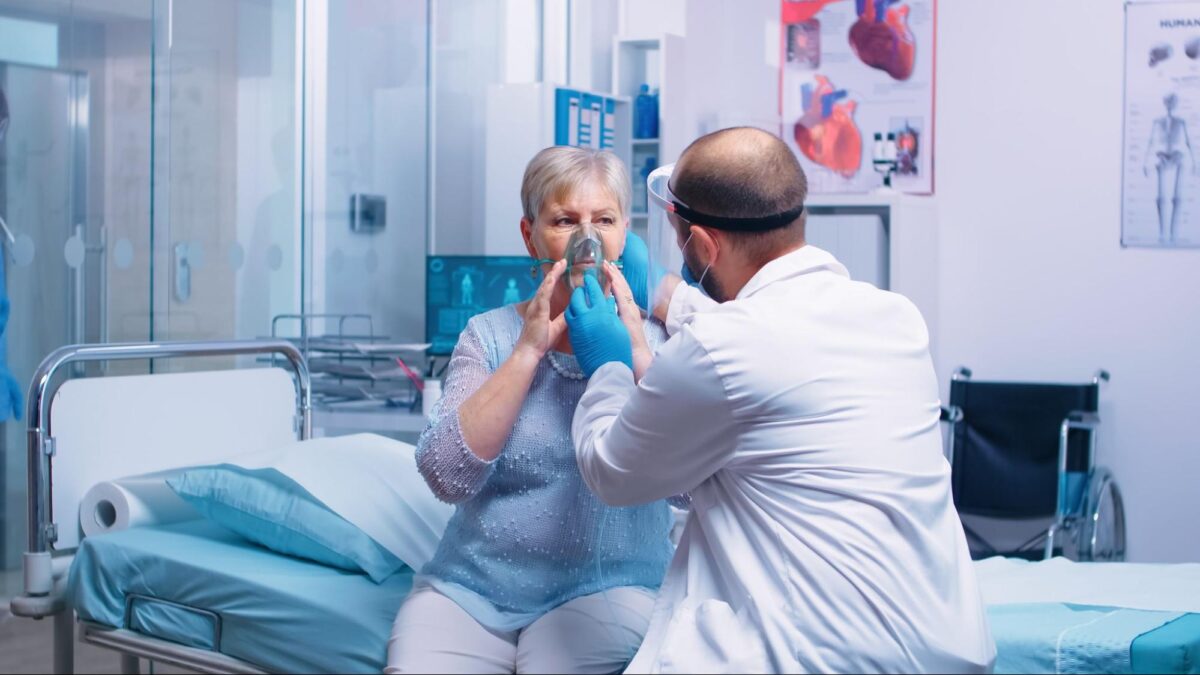
Early detection is essential in managing cystic fibrosis, a complex genetic condition that affects thousands of individuals worldwide. Advancements in medical imaging, such as chest radiography and computed tomography, provide medical professionals with critical tools to identify and monitor the disease effectively.
As the understanding of cystic fibrosis continues to evolve, integrating advanced imaging technology alongside genetic tests helps healthcare providers develop more informed treatment plans. Ongoing research and innovation in diagnostic imaging offer new possibilities for improving patient outcomes and quality of life. Get in touch with Centella to explore advanced imaging solutions that support healthcare providers in the early detection and management of cystic fibrosis.
